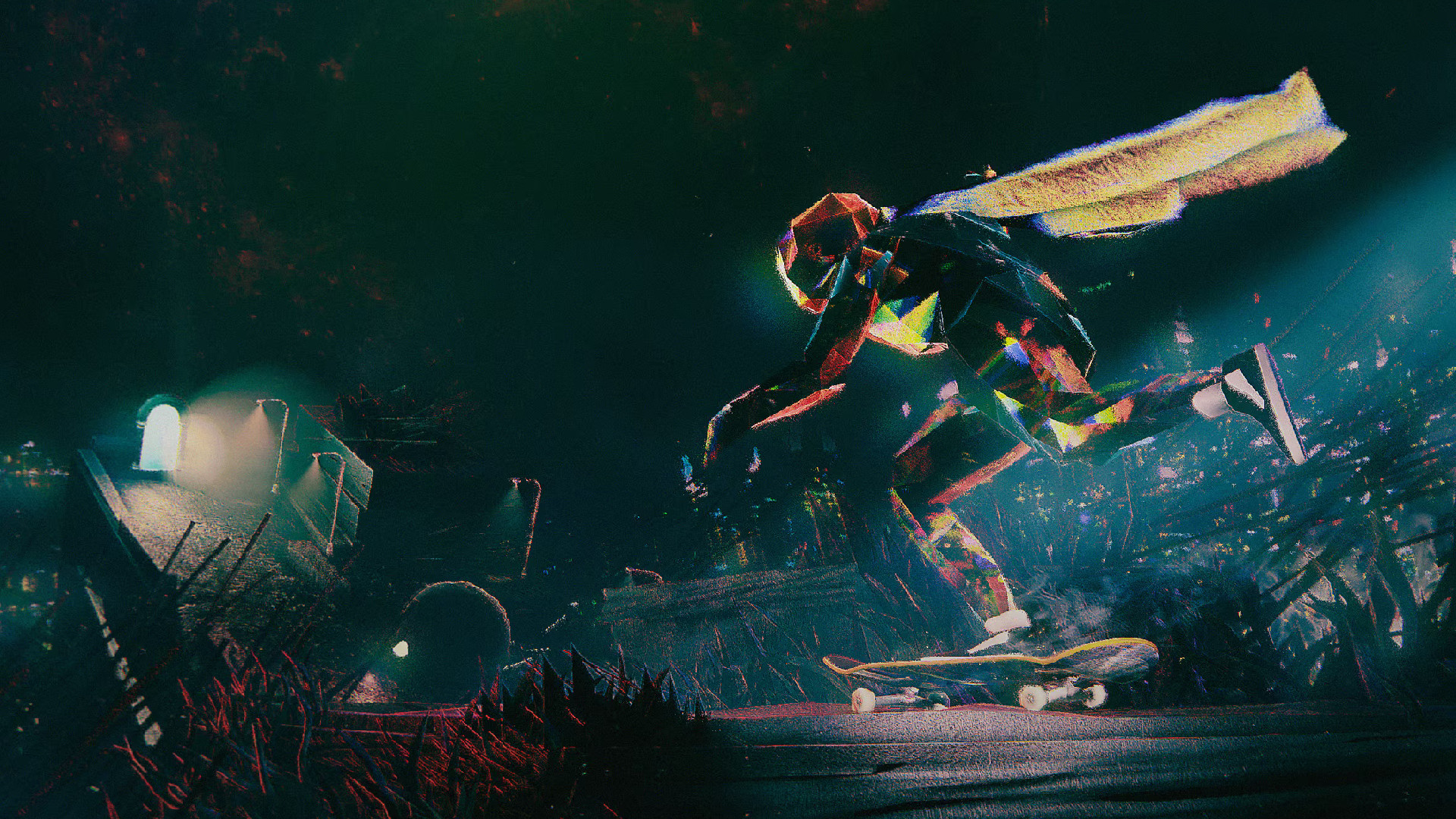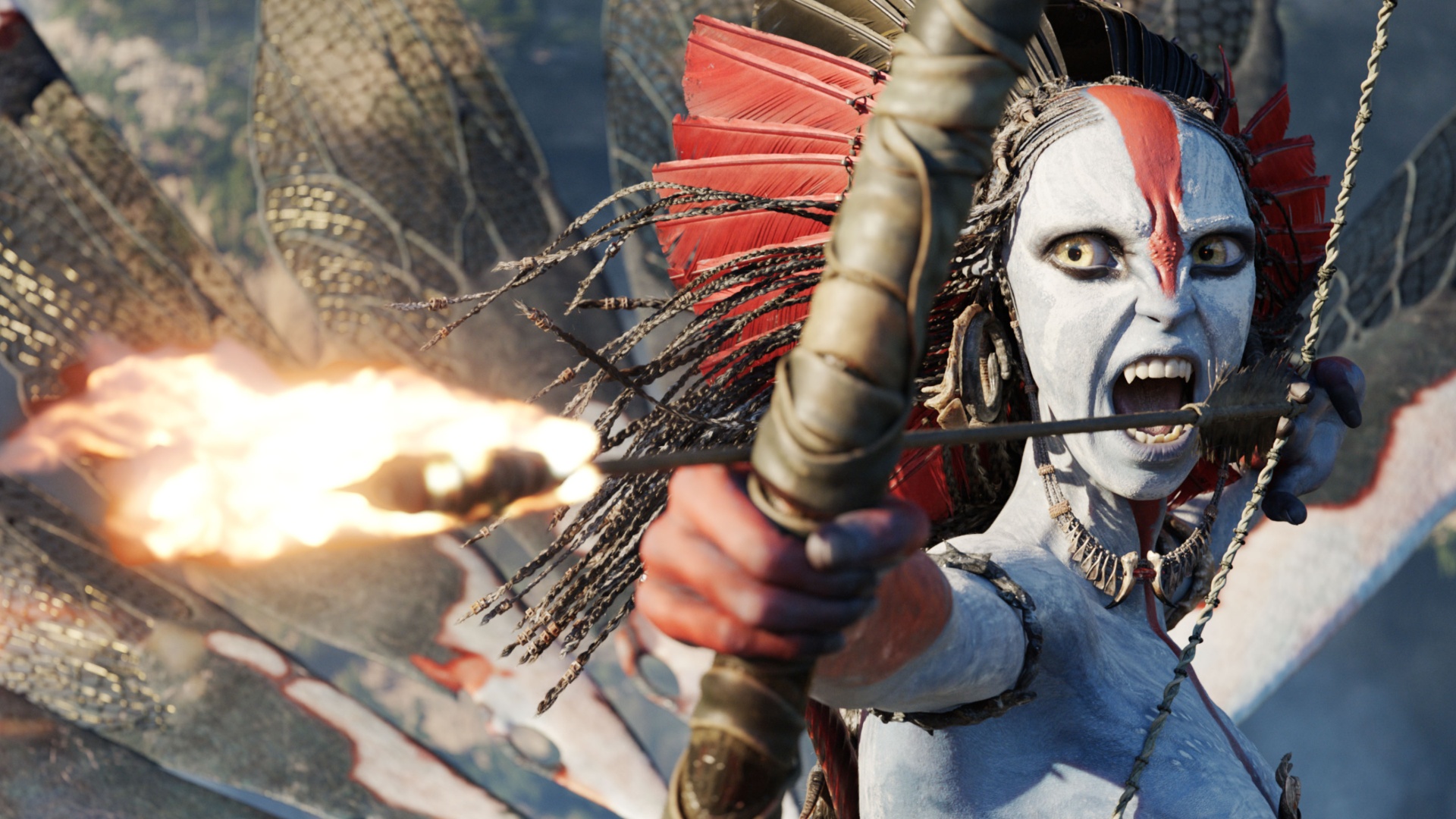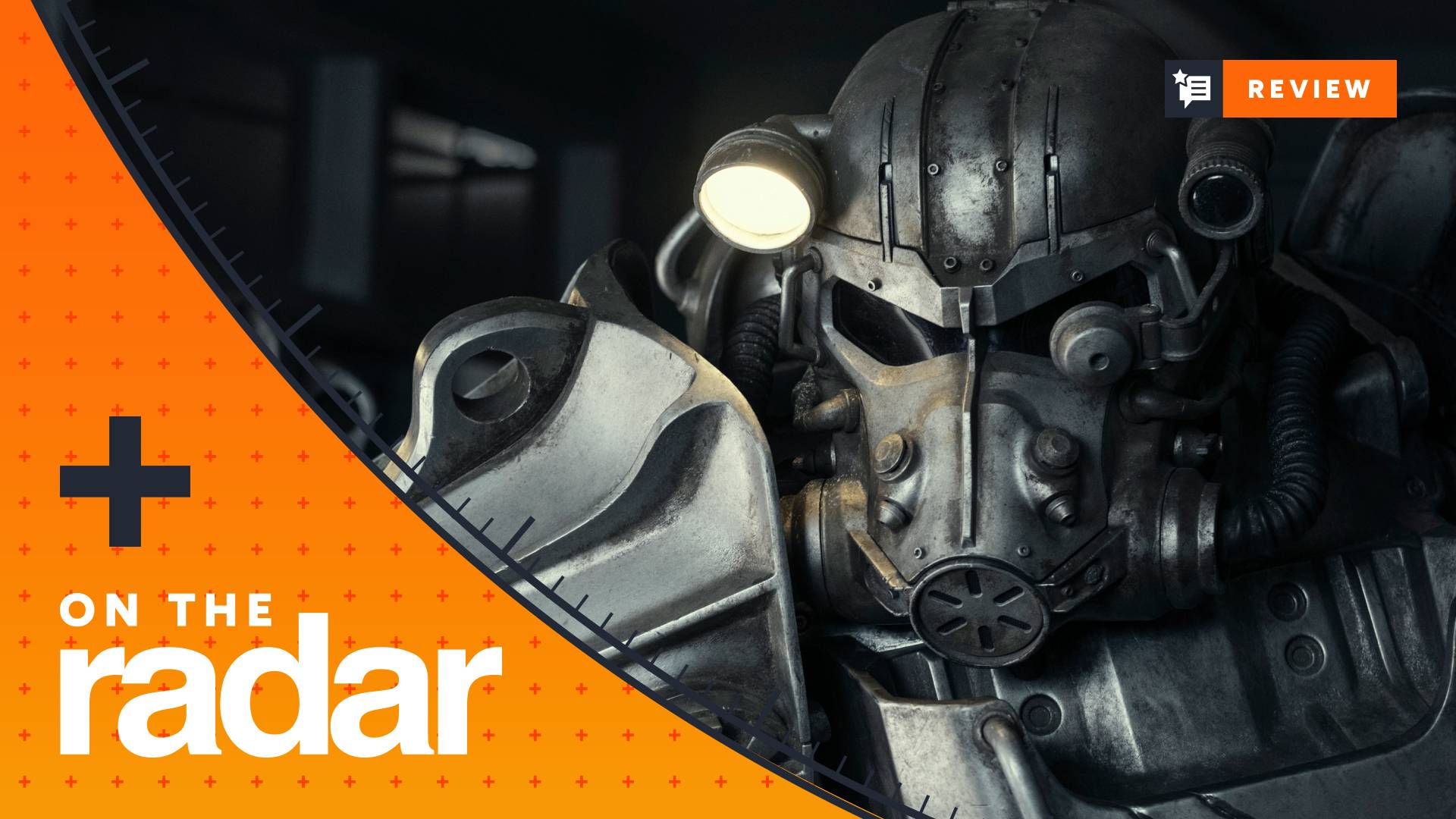"Most players have no idea" how much games cost to make and "everything's more expensive than people think," devs say, as indie hits like Balatro are "the exception"
Dragon Age, Monster Train 2, and more devs reckon costs are misunderstood in game dev – sometimes on both sides
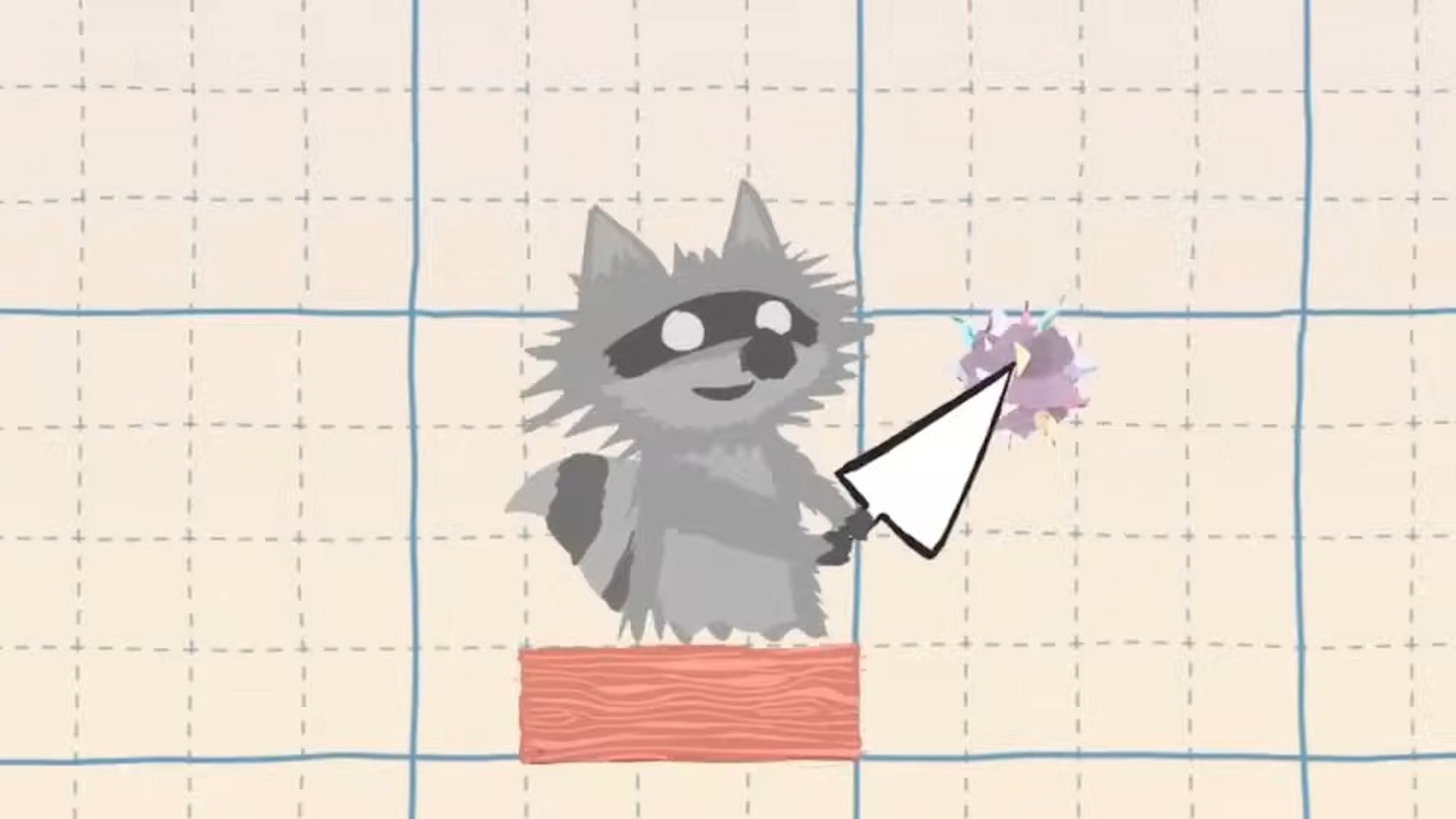
One upside of the deserved backlash over $80 baseline pricing for games – something Microsoft has publicly backed down from and companies like EA have skirted for now – is that more people are talking about how much games cost to make. One defense we've heard for $80 games is that prices must match rising production costs, particularly at the AAA level. When costs go up, prices go up, sure. However, this wrongly assumes that those AAA production costs – routinely inflated by wasted labor and overall mismanagement – can't be avoided or reduced, and that games absolutely need to be this big and shiny and expensive. The best games of 2025 so far prove the argument flat wrong, and the big, shiny, and expensive games that didn't cost $80 even last year flatten it further.
But another truth co-exists: games are expensive to make, just in general, and more to the point, they're much more expensive to make than a lot of people think. I spoke to over 40 game developers earlier this year for a big discussion about what people get wrong about games, and one topic came up enough that I eventually decided to give it its own dedicated space. Now seemed like a good time to wade into how much games cost to make.
It's useful to know what you're paying for (a lot more labor than you probably think), if only to separate it from what you shouldn't have to pay for (AAA excess and mistakes).
More than expected
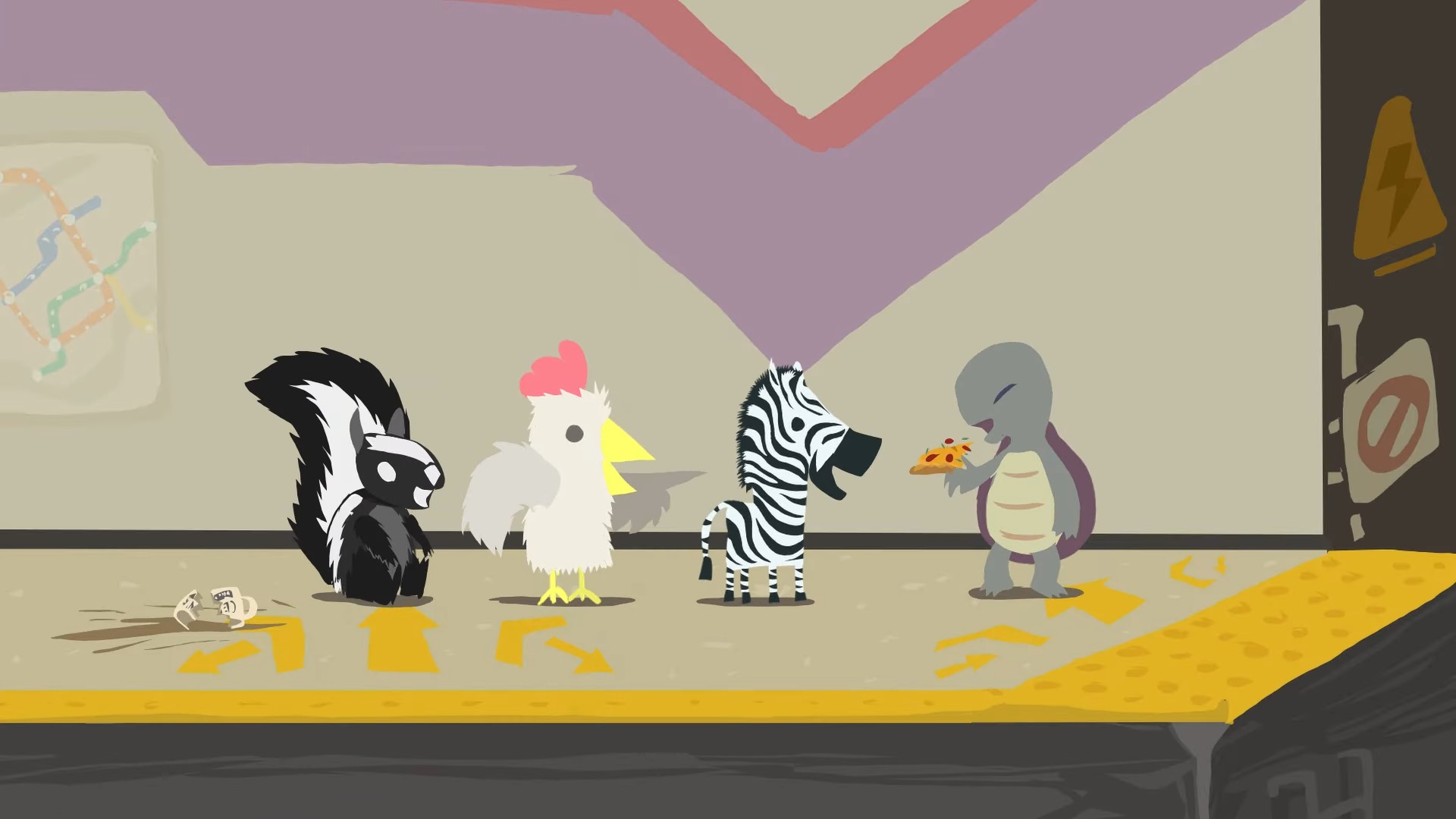
"Everything's more expensive than people think," says Richard Atlas of Ultimate Chicken Horse studio Clever Endeavour. "I think players who don't have experience making games, which is most of them, assume, 'Oh, it's easy, just do this thing.'
"If you think about it very basically with no understanding, yeah, it's easy. Then you realize there's 100 other considerations you have to take into account, and our games are networked and online, so anything you do also has this online aspect to it. I don't think people realize even the simple math of five people, 30 people making a game, you have to pay these people a certain amount per year, it takes a year to make a game, very quickly you get to $1 million, $2 million, $5 million."
I also spoke with former Dragon Age lead writer David Gaider, who has a lot of experience at a big, BioWare-sized studio, and has recently gained a lot of experience with indie costs as co-founder at Stray Gods developer Summerfall Studios, which recently released the roguelike deckbuilder Malys.
Due to the same investment drought that's beached countless other games, Summerfall turned to Kickstarter to help with Malys. Its Kickstarter campaign failed, yet the game was still released in good shape in Steam Early Access. That's because the Kickstarter was just a cushion for the end of production and post-launch support – a small part of the overall budget.
Weekly digests, tales from the communities you love, and more
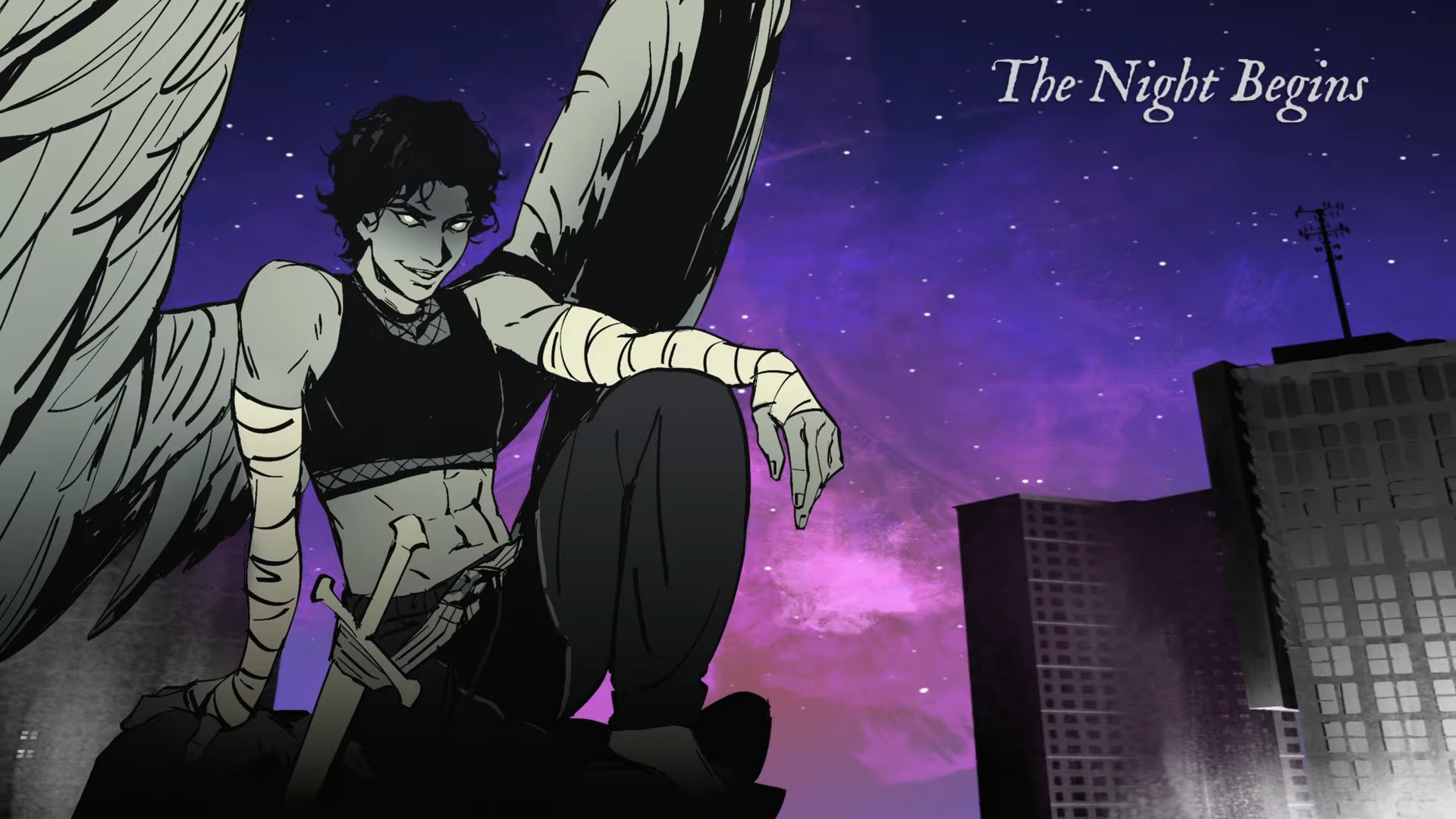
This is true of many Kickstarters, but Gaider worries that the proliferation of crowdfunding – with the recent uptick in Kickstarters partly driven by that lack of investment opportunities in games right now – has exacerbated the wrong idea some people have about how much game development costs.
"There's a perception that, since Kickstarter came along, the amount of money that people are asking to make games on Kickstarter is what it costs to make those games," Gaider begins. "Sweet summer child, no. Games don't cost $100,000 to make. A cheap game is in [the] several millions. That's a small game. AA, we're getting into $20 to $40 million. AAA, we're talking $100 million on up. And that's ignoring where bigger games have bigger advertising budgets."
Gaider highlights Kickstarters that might be asking $100,000 for an open-world game or, horror of horrors, an MMO. He points out that that's going to be a fraction of the production for a game of that scale: "I don't know what kind of MMO you could make for $100,000. That will get you a pitch that you can then make to publishers to get more money. That's all $100,000 is going to get you."
Gaider continues: "We're talking about the size of teams – Sandfall, the whole Sandfall thing, [Clair: Obscur Expedition 33], is a good example. When people look at the size of the people who work at Sandfall Interactive, 30 something people, they're like, 'Oh, that game was made by 30 something people.' No, not at all. It's like saying that we had just over 20 people at Summerfall who worked on Stray Gods. To say that Stray Gods was made by 20 something people, no, we had up to a dozen outsourcers at any given time. "
Costs and calibers
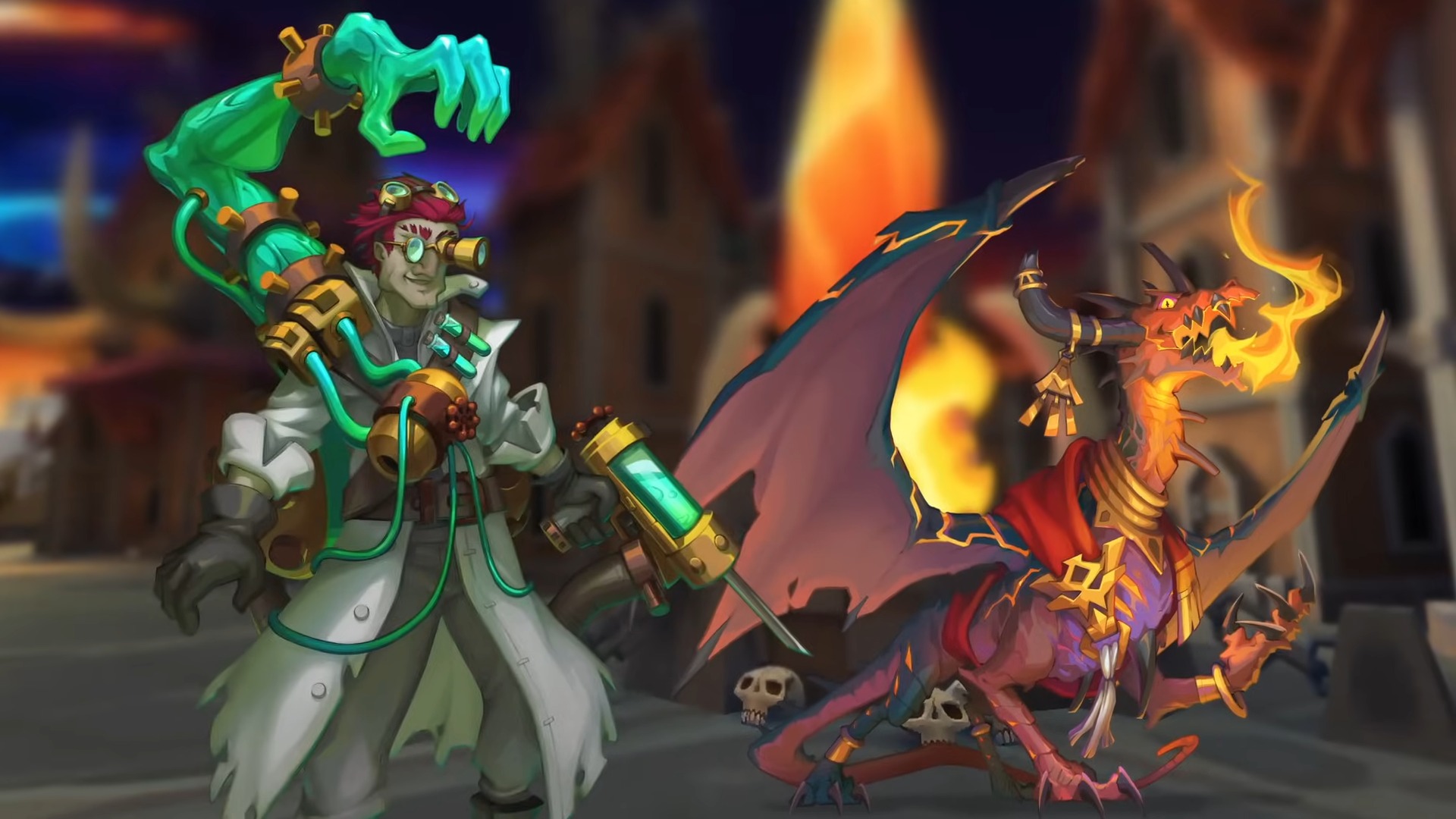
Andrew Krausnick, director of Monster Train 2 (one of my personal 2025 GOTY contenders), also looked at Kickstarter, worrying that either a lot of devs are shooting for woefully low budgets, or a lot of players are going to misread crowdfunding targets.
"Here's my main thing right now: Kickstarters are coming back, crowdfunding's coming back, and my feeling is that every single Kickstarter has the wrong dollar amount," he says. "Objectively incorrect. It's low. It's never gonna be $200,000 to make that game you're excited about. Not even probably $1 million. Which is fine, it's a marketing thing, but I feel like there's a little disconnect there, and it's exacerbated how much money and resources go into making these games. Most players have no idea."
Part of the opaqueness here lies in less obvious development costs. As Atlas said, the vast majority of costs come from wages – labor over time – but the work all those people have to do isn't always clear. And even when it might seem clear, it might not translate for many players.
Gregorios Kythreotis of Sable developer Shedworks says, "One unexciting thing I think gets taken for granted by both developers planning projects and players is how many features are expected as standard in games now.
"These are often extraneous to the core of the game, elements like Achievements, cross-save etc. – platform-specific features that are great from a player perspective, but from a developer's perspective do not come for free. They require time, money, and energy, and the number of these features feels like it is just growing and growing with every new console cycle. They are often required to pass certification but can take months of schedule time to finalize, requiring their own levels of implementation, localization, QA, etc."
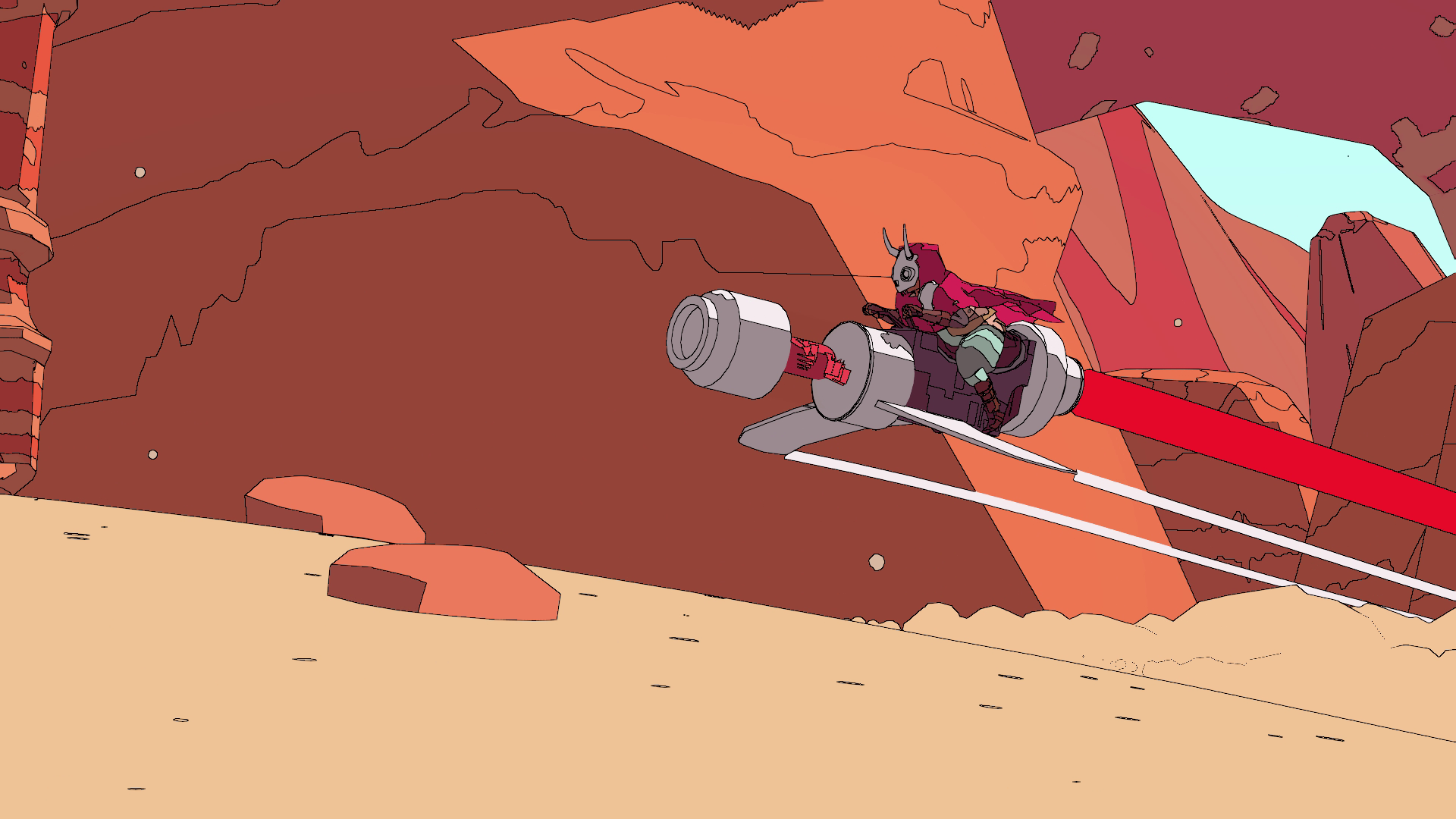
Alex Mann, lead producer at Romero Games – a studio that, since this interview, has become emblematic of the industry's problems after Microsoft pulled the rug out from under it during the company's latest layoff wave, sending the studio briefly spiraling before landing talks with other publishers – says games are in an "arms race" of improvement.
This only makes balancing the budget harder. Even before this pitfall, John Romero said games like Baldur's Gate 3 and Clair Obscur: Expedition 33, priced at $60 and $50 respectively, "are the ones that make triple-A studios go, 'Wait a minute, we need to start doing this.'''
"While this provides a near constant in terms of growth and graphics, it’s also resulting in additional complexities, especially with big online games and services," Mann says. "Keeping the lights on, talent set up for success, and the overall projects on track grow harder and harder with each hardware generation, and will require studios to get smarter with how they spend their time and resources within the final shipped title, trying to make sure that their focus areas provide the most value and/or fun for players."
(This is the point where I'd argue that a fair bit of the aforementioned AAA bloat may not be about maximizing fun and value for players, but I digress).
Undeniably, all games don't face the same financial mountains. Just last month, I spoke to Jordan Morris, who made Steam hit Rusty's Retirement on his own in six months and went on to sell over 550,000 copies. (It was notably not his first game). More extreme still, I spoke to Mike Klubnika, who made the 6 million-seller Buckshot Roulette in two months on his own (also not his first game) and recently released another small, instant-winner called Split.
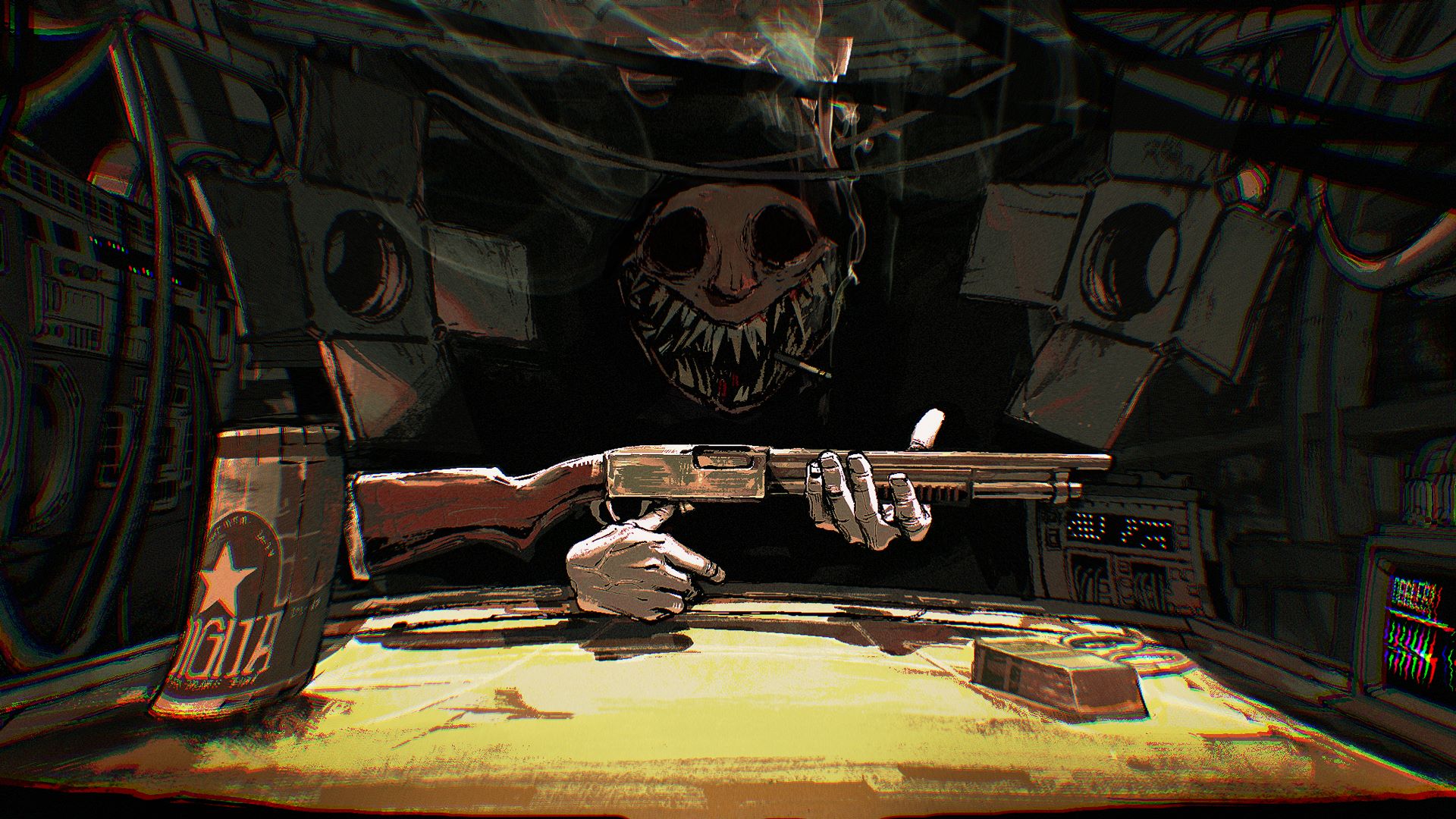
Those games exist, and it's incredibly exciting that they exist. We'll hopefully see more of them – like Peak, a new Steam hit made by two small teams in a matter of months – to demonstrate a healthier range of scopes and strategies.
But these are by and large exceptions, and even solo development carries its own risks even on extremely short productions. I wouldn't have, say, $20,000 lying around to cover many months of living expenses while I focus on a game idea. The majority of games do face major costs, and a drop in the AAA bucket might be a tsunami to an indie.
Gaider sums it up well. "There's this whole interconnected web of people that work on a project, so people make these assumptions based on what they see," he says. "Often, it's whatever works for the narrative they're trying to create, but that's just not how it works. Games are expensive to make. People can't just conjure that amount of money. They can't just pull it out of their pocket. I'm not even at a point, even if I had a house I could sell at this point, that still wouldn't fund the game. I guess you hear occasionally of some lone dude making Balatro.
"Yeah, that does happen, but that is the exception. And to suggest that that suddenly could be the rule, well, sure, let's go back to the 1980s where your average video game was made by three guys working in their basement. That just doesn't happen anymore."

Austin has been a game journalist for 12 years, having freelanced for the likes of PC Gamer, Eurogamer, IGN, Sports Illustrated, and more while finishing his journalism degree. He's been with GamesRadar+ since 2019. They've yet to realize his position is a cover for his career-spanning Destiny column, and he's kept the ruse going with a lot of news and the occasional feature, all while playing as many roguelikes as possible.
You must confirm your public display name before commenting
Please logout and then login again, you will then be prompted to enter your display name.
